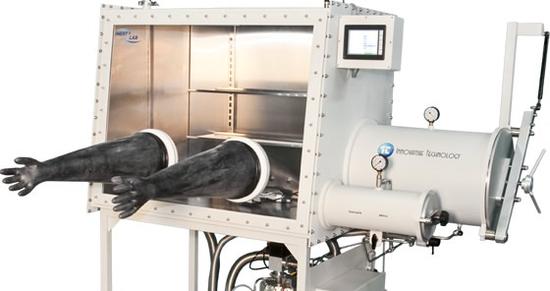Welcome to Harman Lab!
Our Research
The global need for carbon-neutral energy and chemical technologies of reduced environmental impact insure that catalysis will remain at the forefront of chemical research for the foreseeable future. As synthetic chemists, we are developing new reaction centers based on the d- and p-block elements for the catalysis of chemical reactions relevant to these broad goals, such as the storage of electrical current as chemical fuels (electrocatalytic H+ and CO2 reduction), hydrocarbon conversions (C-H activation), and the transformation of renewable biomass to liquid fuels (hydrodeoxygenation). In nature, metalloenzymes catalyze many of these reactions with superb activity using earth abundant transition metal centers. Taking inspiration from these complex active sites, yet unconstrained by the biological milieu, we seek to deploy the principles by which these active sites function in a totally synthetic context. In particular, we are interested in the cooperative activation of substrates towards catalysis, whether with multiple metal centers, Lewis acid-base interactions, or hydrogen bonding. Along the way, we expect to uncover fundamentally new bonding motifs and transformations of small molecules in the coordination sphere of a metal complex. Our ultimate goal is to expand scientific knowledge of inorganic reactivity and catalyst design, exploiting principles of cooperativity to create synthetic catalysts from abundant elements with activities that rival those of metalloenzymes.

